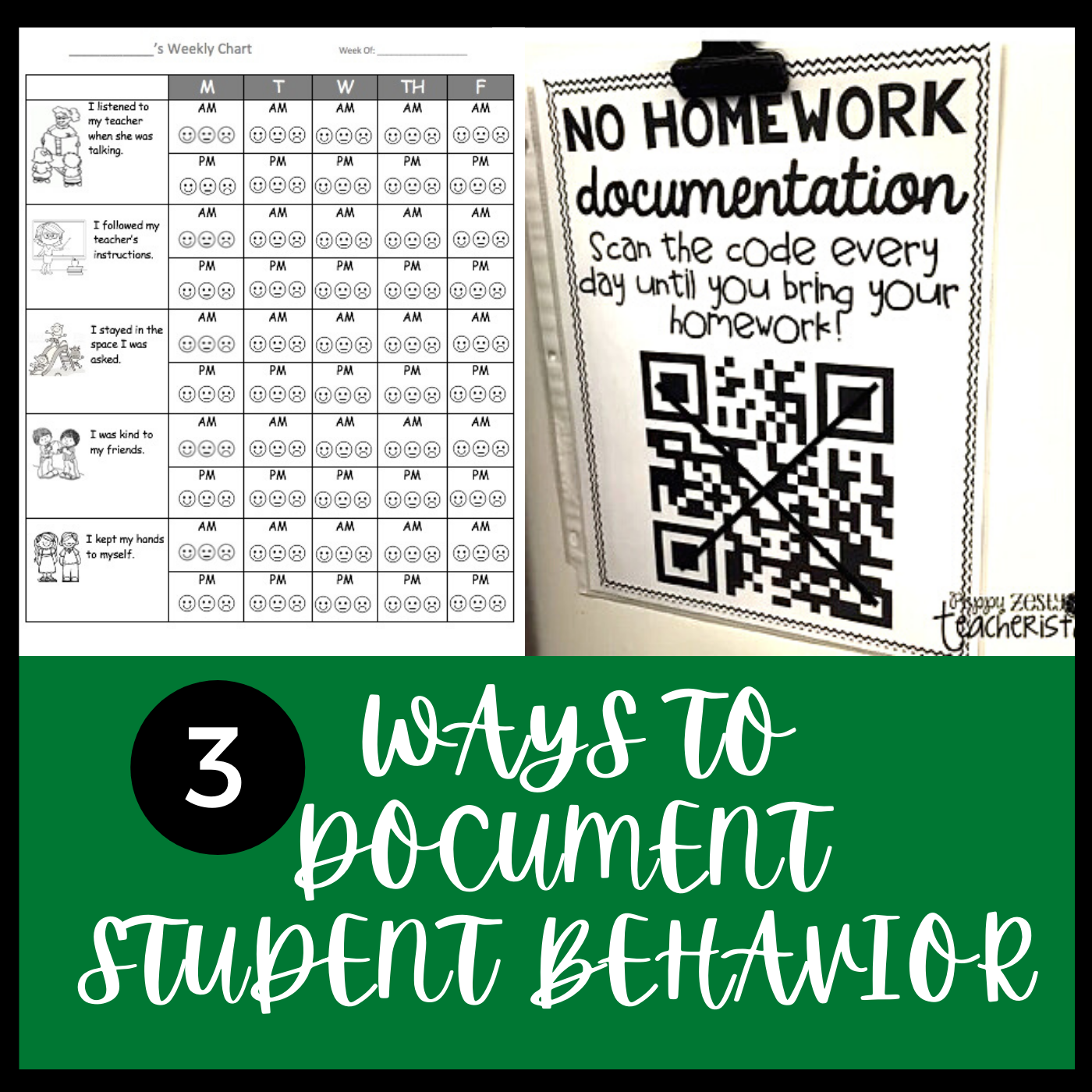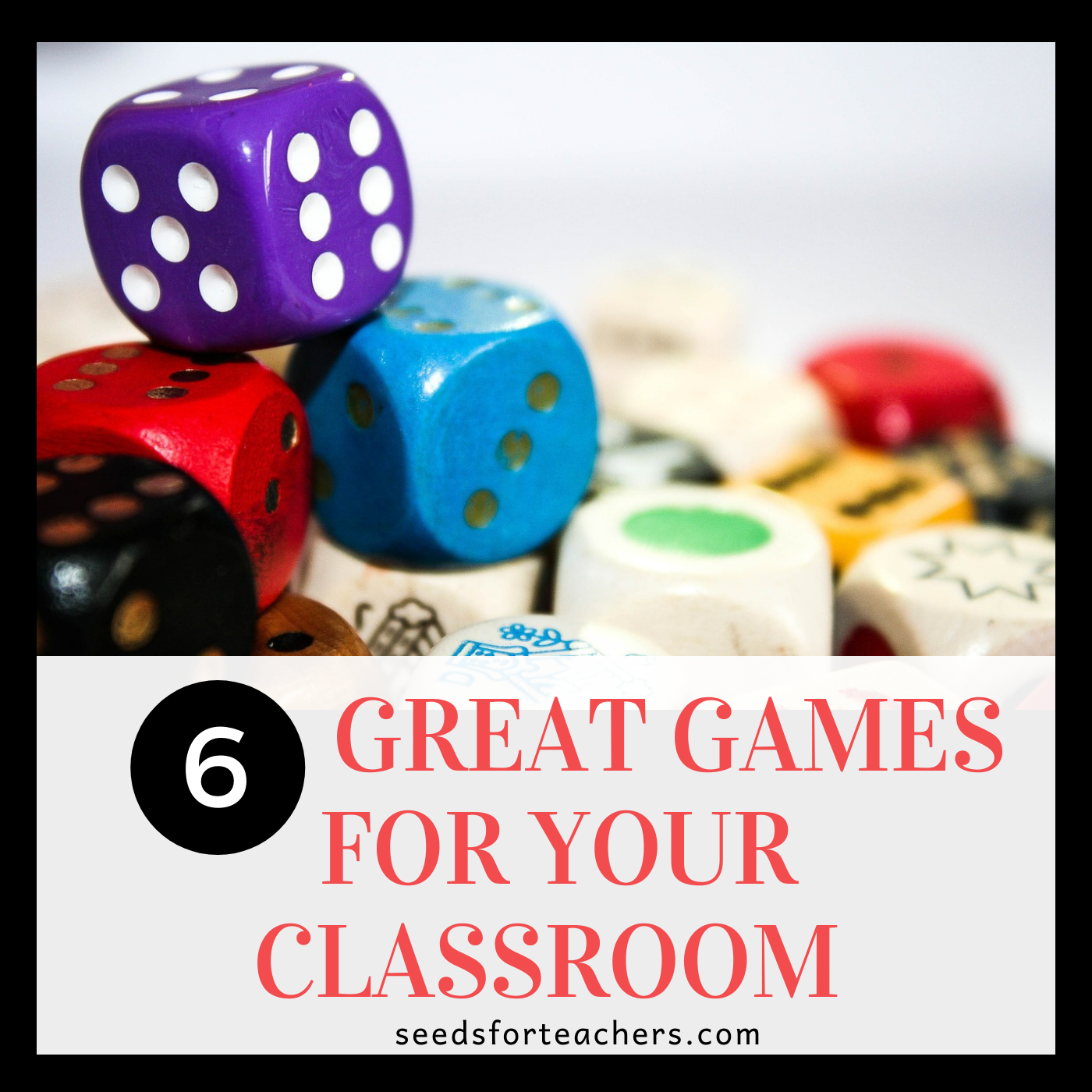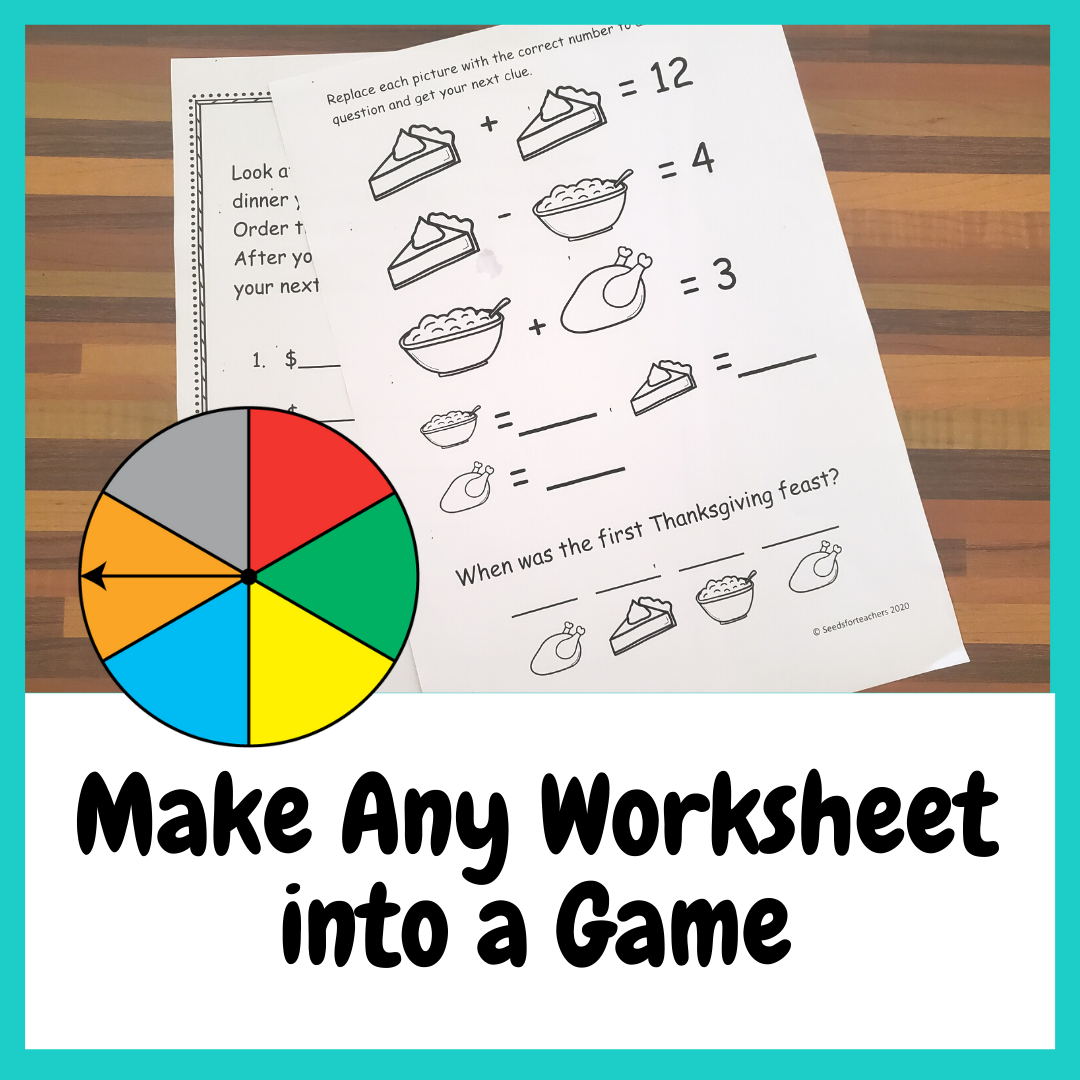First off, if your school requires you to mark every worksheet, assignment and slip of paper and enter it into the gradebook…..this post isn’t for you. However, if your school is shifting towards standards-based grade cards; if it encourages students to be highly active and creative and focuses less on students marks and test scores, keep reading. This post will help you do less “grading” so you can spend more time creating amazing, hands-on activities your students will love!
So many teachers still think that they need to read, mark and record every single piece of paper their students complete. Friends…that’s crazy. Should you need to assess whether your learning objective for the lesson was met? yes. But there are a lot of different ways to do that.
Use Quick Assessments During A Lesson
1. Hold Up Whiteboards– this are by far my absolute favorite quick assessment! Not a single piece of paper for me to have to keep track of. Give every student a small whiteboard and a dry erase marker. If you use these regularly, keep a set on each table group so that students can grab them quickly. Ask students a question, everyone writes their answer on their own whiteboard. Tell them to wait until you tell them to hold up the boards so that students can’t get answers from those around them. After giving everyone a chance to write their answer, tell students to hold up the boards. I can quickly and easily see which students understood and which didn’t.
2. Checklists– I like to create checklists by subject because my school will give a final grade for each subject. However, if you use standards based grading you can create a checklist for each standard.

Print off a blank checklist with only your students names down the side. You can get my editable checklist here.
Next, write different topics, standards or units within each subject across the top. Simply add a check or minus as you walk around the room and view students working. No need to collect the work, you can already see who got it and who didn’t. For work you want to add to your official grade book, give it a mark and highlight it for later.
3. Thumbs Up/ Down– Ask students to give a thumbs up or thumbs down if they understand what you just said or if they understand the assignment.
4. Hold Up The Number– Put a question on the board that most relates to your objective for the lesson. Give the question 3-4 multiple choice answers. Ask the students to hold up the number of fingers for the answer they think is correct. (The first answer would be 1 finger, the second answer would be 2 fingers and so on). Look around the room to see how many students are holding up the correct number.
Use the quick strategies above to gather information about how effective your lesson was and what you might need to reteach the next day. The key is that these strategies don’t require you to collect any papers from students, you get instant feedback on their understanding and can implement it right away.
Have Students Self- Grade Whenever Possible
Stop grading every math problem they solve for homework. This is not a good use of your time. Instead, have students trade and grade or even grade their own if they are old enough. Most of the time I grade student’s homework for completion only so they know their is no need to “lie” and mark a question correct when it wasn’t. Having students grade their own papers or their partners allows them to get their papers back faster so they can see where they made mistakes and fix them for the next assignment. If I have to grade every homework assignment sometimes I won’t get it back to them until at least another day or two.
Give Students Bigger, More Meaningful Assignments
More is not always better.
Focus on giving assignments that will demonstrate students’ understanding of several concepts and standards at once. An assignment that will demonstrate mastery of a concept with real-world application.
For example, instead of asking students to list 5 adjectives two or three different times during a unit on adjectives, have them spend a few days writing a story. They underline the adjectives they use in the story the first time. Then, you talk about synonyms and how strong, descriptive adjectives enhance a story. Now, have the students replace all the adjectives in the story with better, more descriptive ones and reflect on how it changes their overall story. This activity is something you could spend an entire week on. That means no grading for you the entire week! Just at the end when you review their stories. However, as you review their stories you are getting a picture of more than just their understanding of adjectives. You can look at their spelling, handwriting, grammar, overall flow of ideas. Reading their stories could give you direction on numerous reading/writing mini lessons you should focus on in the future. This activity ends up being a far better use of your time grading and the student’s time as well.
I hope these ideas help you cut down on your time grading and release you from that unwritten standard of having to grade every single thing your students write. Happy teaching!
Check out these other posts you might enjoy



